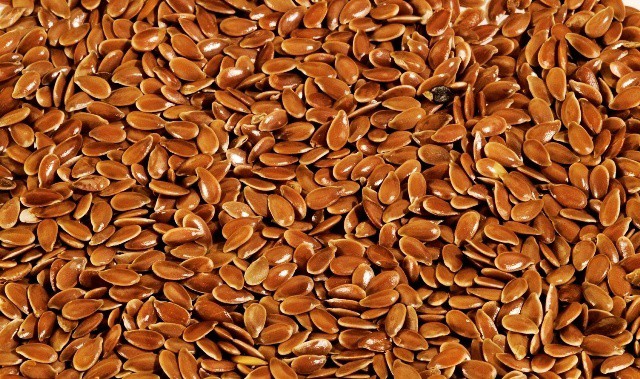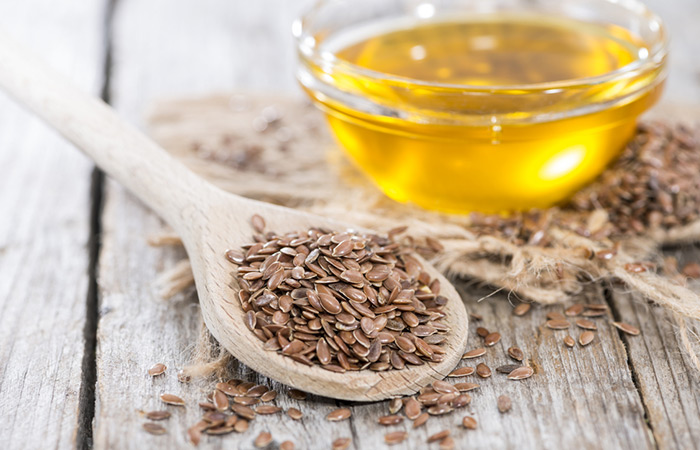Home Remedies for Hair Loss
कपाल झार्नबाट रोक्ने १० घरेलु उपाय
There is nothing more attractive than a thick head of hair that glimmers with natural health. But hair loss is a problem that many people suffer from.
There are about 100,000 strands of hair on your scalp and it is considered very normal to lose 50 to 100 strands a day. But when you start losing more than that, it’s time for you to take some action so it doesn’t progress to baldness or bald spots. Many readily available ingredients can be used to treat hair loss at home.
Here are the top 10 home remedies for hair loss.
1. Hair Oil Massage
The first step that you can take to reduce hair loss is to massage your scalp with appropriate hair oil. Proper hair and scalp massage will increase blood flow to the hair follicles, condition the scalp, and enhance the strength of your hair’s roots. It will also promote relaxation and reduce feelings of stress.
You can use hair oils like coconut or almond oil, olive oil, castor oil, amla oil, or others. Add a few drops of rosemary essential oil to the base oil for better and faster results. Other types of oil that you can use are emu oil, argan oil, and wheat germ oil.
- Massage any of the hair oils mentioned above onto your hair and scalp by applying light pressure with your fingertips.
- Do this at least once a week.
2. Indian Gooseberry
For natural and fast hair growth, you can use Indian gooseberry, also known as amla. Indian gooseberry is rich in vitamin C, of which a deficiency in the body can cause hair loss.
The anti-inflammatory, antioxidant, antibacterial, and the exfoliating properties present in Indian gooseberry can help maintain a healthy scalp and promote hair growth.
- Mix one tablespoon each of Indian gooseberry or amla pulp and lemon juice.
- Massage your scalp with the mixture thoroughly. Cover your hair with a shower cap.
- Leave it on overnight and shampoo your hair in the morning.
3. Fenugreek
Fenugreek, also known as methi, is highly effective in treating hair loss. Fenugreek seeds contain hormone antecedents that enhance hair growth and help rebuild hair follicles. They also contain proteins and nicotinic acid that stimulate hair growth.
- Soak one cup of fenugreek seeds in water overnight.
- In the morning, grind them to make a paste.
- Apply the paste to your hair and cover with a shower cap. After about 40 minutes, rinse your hair.
- Follow this remedy every morning for a month.
4. Onion Juice
Onion juice helps treat hair loss due to its high sulfur content, which helps improve blood circulation to the hair follicles, regenerate hair follicles and reduce inflammation.
The antibacterial properties in onion juice also help kill germs and parasites, and treat scalp infections that can cause hair loss.
In a 2002 study published in the Journal of Dermatology, almost 74 percent of the study participants who applied onion juice on the scalp experienced significant hair regrowth.
- Extract the juice of one onion by grating it and then strain it. Apply the juice directly onto the scalp. Leave it on for about 30 minutes, and then wash it off. Finally, shampoo your hair.
- Mix together three tablespoons of onion juice and two tablespoons of aloe vera gel. You can also add one tablespoon of olive oil. Apply this mixture onto your scalp and leave it on for at least 30 minutes before rinsing it off and shampooing your hair.
Repeat either of these remedies two or three times a week for several weeks.
5. Aloe Vera
Aloe vera contains enzymes that directly promote healthy hair growth. Also, its alkalizing properties can help bring the scalp and hair’s pH to a more desirable level, which can greatly promote hair growth.
Regular use can also relieve scalp itching, reduce scalp redness and inflammation, add strength and luster to hair, and alleviate dandruff. Both aloe vera gel and juice will work.
- Apply aloe vera gel or juice onto the scalp.
- Leave it on for a few hours and then wash it off with lukewarm water.
- Repeat the process three to four times a week.
You can also consume one tablespoon of aloe vera juice daily on an empty stomach to enjoy better hair growth.

6. Licorice Root
Licorice root is another herb that prevents hair loss and further damage to the hair.
The mollifying properties of licorice roots open the pores, soothe the scalp and help get rid of irritations like dry flakes. This remedy is good for dandruff, hair loss and baldness.
- Add one tablespoon of ground licorice root to one cup milk with a quarter teaspoon saffron. Mix it thoroughly.
- Apply the paste on bald patches at bedtime and leave it on overnight.
- In the morning, wash your hair.
- Follow this remedy once or twice a week.
You can also take licorice internally in the form of licorice tea three times a day.


7. Chinese Hibiscus
The Chinese hibiscus flower has many natural properties that can help in treating hair loss. In addition to promoting hair growth, this flower can also be used to cure dandruff, prevent split ends, thicken hair and prevent premature graying. To treat hair loss:
- Add 10 Chinese Hibiscus flowers to two cups of coconut oil.
- Heat the solution until charred. Strain it to collect the oil.
- Apply the oil on your hair before going to bed. Wash your hair in the morning.
- Repeat this a few times a week.
You can also make tea with this flower and use it as a rinse for your hair to encourage proper growth.


8. Beetroot
Beetroot juice contains carbohydrates, protein, potassium, phosphorus, calcium and vitamins B and C. All these nutrients are essential for healthy hair growth.
- Include fresh beetroot juice in your diet. In addition to that, spinach juice, alfalfa juice, lettuce juice, or carrot juice will help keep your hair healthy.
- Alternatively, grind a few beetroot leaves (boiled in water) along with henna and apply the paste on your scalp. Leave it on for 15 to 20 minutes before rinsing it out. Repeat several times a week.

9. Flaxseeds
Flaxseeds are a rich source of omega-3 fatty acids that can prevent further hair loss and encourage hair growth.
- To manage hair loss, consume one tablespoon of freshly ground flaxseeds with a glass of water daily in the morning. You can also add flaxseeds to your salads, soups, smoothies, and other dishes.
- You can also simply take flaxseed oil, or apply it onto your hair. When used as hair oil, flaxseed oil can help prevent hair loss as well as strengthen your hair.


10. Coconut Milk
Coconut milk is rich in protein and essential fats that promote hair growth and prevent hair loss. When applied to the hair, coconut milk provides quick results.
- You can make fresh coconut milk at home by adding a freshly grated coconut to a pan of water.
- Let it simmer for 5 minutes. Then strain it.
- Once cool, apply the milk thoroughly onto the scalp and into your hair. Leave it on for about 20 minutes and then shampoo your hair.
To make the treatment more effective, you can mix black pepper and powdered fenugreek seeds to the coconut milk before using it.





























